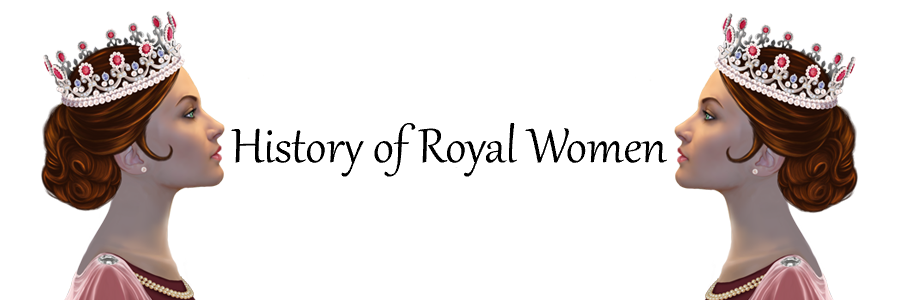
Maria Anna of Austria was born on 27 October 1835 as the daughter of Sophie of Bavaria and Archduke Franz Karl of Austria. She was their fourth child, although Sophie had already suffered at least six miscarriages as well. Her elder brother became Emperor Franz Joseph I of Austria in 1848. Following the birth, Sophie’s brother wrote to her husband saying that “the newborn may resemble her mother in all respects, and that she may become good and beautiful like Sophie!”1
Epilepsy ran in the House of Habsburg and probably went as far back as Ferdinand I, Holy Roman Emperor, whose young son John likely had it, and he died of it before his first birthday.2 In his daughter Elisabeth, the signs of epilepsy appeared later in life.
Sophie feared that any of her children would be afflicted with epilepsy, and her fear came true when the first signs appeared in Maria Anna.3 Because of her epilepsy, Maria Anna was known in the family as “Joanna the Mad” after her famous ancestress, Queen Joanna of Castile.4
Little Maria Anna was subjected to leech therapy after ten days of seizures, and her hair was also shorn. After she complained of headaches, six leeches were applied to her forehead and nostrils despite her fierce resistance. In any case, the leech therapy did not help.5
On 5 February 1840, the seizures lasted for an entire day, and she died later that evening. Sophie wrote sadly, “I myself closed her dear and beautiful eyes.”6 She added, “My poor boys are so touching in their pain, especially Franzi, who feels it most deeply. Today he asked me to keep a picture that Anna loved so much… I beg you on my knees, dear mother, to come to me… I feel that I can and must live without my beloved child, and that I have been too happy up to now, which I have recognised with heartfelt thanks to God, but often with horror. I also like to remain quiet without complaining under God’s hands, which rests all the more heavily on me. My poor Franzi is so deeply affected by the loss of his sister that, considering his age, this hurts me more than it does me any good. He touches me extraordinarily with his constant desire to please me in order to spare me any grief… He doesn’t know what to do with himself, he doesn’t open up like his broithers, but he feels all the more deeply.”7
A few days later, she wrote, “The more clear it becomes to me through the ever longer separation that I shall never see my beloved child again in this life, never again hold her close to my impoverished heart – the more I suffer – and often so inexpressibly that I can only imagine it. How one can endure such pain without a firm faith and love for God…”8
Following Maria Anna’s death, Sophie could not bear to see her daughter’s organs removed as was usual. She said she was reluctant to “see my child’s insides in St. Stephem’s Church and her heart within the Augustinians, so dismembered in the city.”9

Maria Anna was interred in the Imperial Crypt in Vienna.
- Sophie, Die Heimliche Kaiserin by Gerd Holler p.85
- Zur Herrschafft Geboren by Sabine Weiss p.141
- Zur Herrschafft Geboren by Sabine Weiss p.141
- Zur Herrschafft Geboren by Sabine Weiss p.141
- Zur Herrschafft Geboren by Sabine Weiss p.136
- Sophie, die Heimliche Kaiserin by Gerd Holler p.103
- Sophie, die Heimliche Kaiserin by Gerd Holler p.103
- Sophie, die Heimliche Kaiserin by Gerd Holler p.103
- Zur Herrschafft Geboren by Sabine Weiss p.149

Be the first to comment